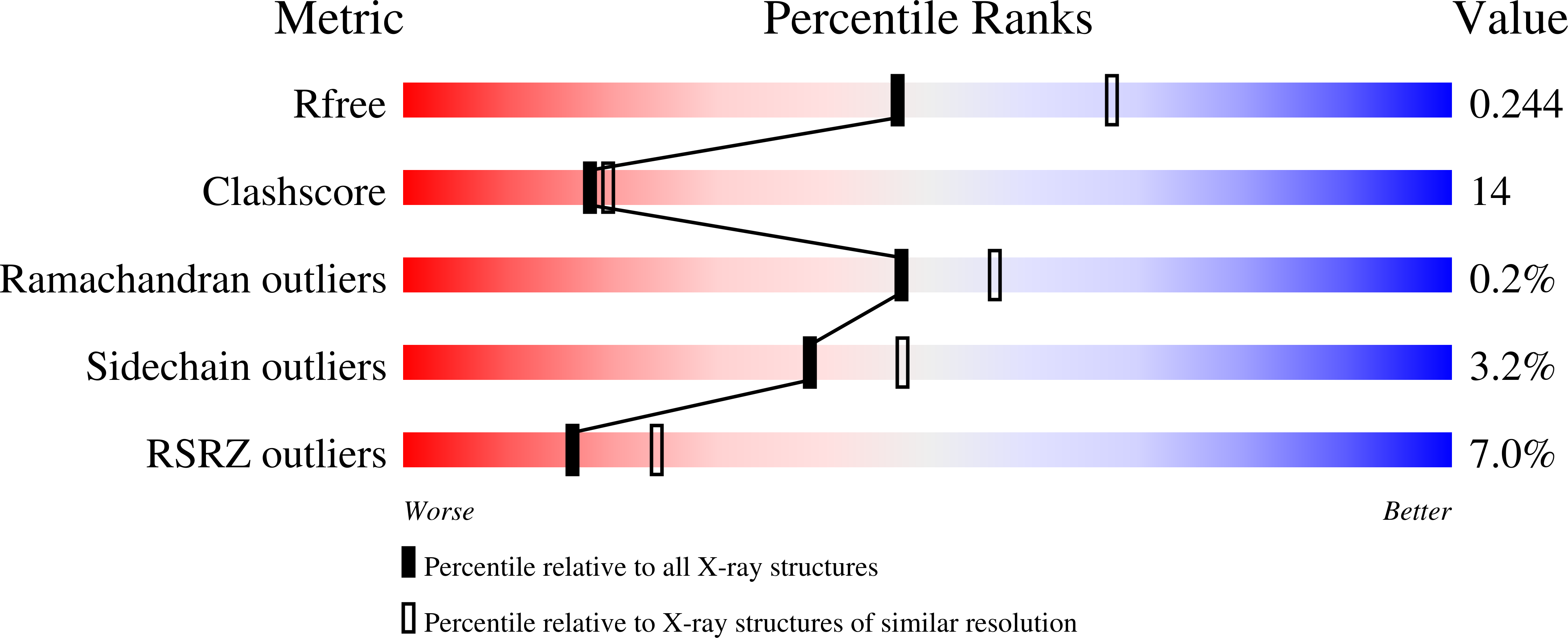
Deposition Date
2004-10-25
Release Date
2005-08-30
Last Version Date
2023-10-25
Entry Detail
PDB ID:
1WRO
Keywords:
Title:
Metal Ion dependency of the antiterminator protein, HutP, for binding to the terminator region of hut mRNA- A structural basis
Biological Source:
Source Organism:
Bacillus subtilis (Taxon ID: 1423)
Host Organism:
Method Details:
Experimental Method:
Resolution:
2.35 Å
R-Value Free:
0.3
R-Value Work:
0.24
R-Value Observed:
0.24
Space Group:
P 21 21 2


